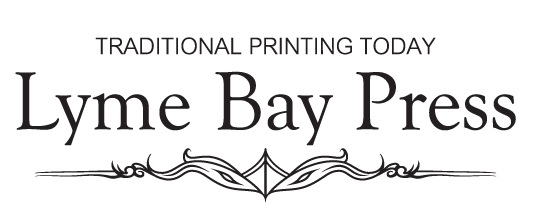Letterpress printing is a traditional and historic method of relief printing in which ink is applied to a raised surface (often made of metal or polymer plates) and then transferred onto paper. In letterpress printing, the type or image is physically raised on the printing plate, and this plate is inked with specialized inks, including rubber-based ink, before being pressed onto paper. Rubber-based ink is one of the common types of ink used in letterpress printing. Here are some key characteristics and considerations regarding rubber-based ink in letterpress printing:
- Viscosity: Rubber-based ink is typically thick and viscous, allowing it to adhere well to the raised surfaces of the printing plate.
- Drying Time: Rubber-based ink dries relatively slowly compared to some other types of inks, making it suitable for letterpress printing, where the ink needs time to transfer from the plate to the paper.
- Color Options: Rubber-based inks are available in a wide range of colors, including both standard and custom-mixed colors, to suit various design and printing requirements.
- Opacity: Rubber-based inks are known for their excellent opacity, which means they can provide good coverage on different paper types, even on darker or colored stocks.
- Consistency: These inks offer consistent and reliable results, which is essential in letterpress printing for maintaining sharp and clean images.
- Solvent-Based: Rubber-based inks are solvent-based, which means they contain volatile organic compounds (VOCs). Proper ventilation and safety precautions are important when working with these inks.
- Ink Adjustment: Printers can adjust the ink’s consistency by adding extender bases or other additives to achieve the desired opacity and texture.
- Cleanup: Cleaning up after using rubber-based ink can be more challenging than some other inks because of its slower drying time. Special solvents or cleaners are often required to clean printing equipment and tools.
- Substrates: Rubber-based inks are versatile and can be used on a wide variety of paper stocks and other substrates, making them suitable for various letterpress applications.
Letterpress printers often choose ink based on their specific needs and preferences, and rubber-based ink is favored for its unique properties and versatility in creating tactile and visually appealing printed materials. However, as with any printing process, it’s essential to work with ink safely and ensure proper handling and disposal, especially due to the solvent-based nature of rubber-based ink.
